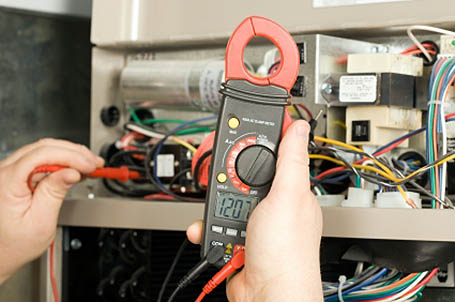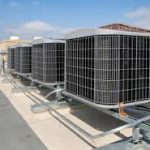If your furnace fails, you’ll notice. Sometimes it’s possible to repair your furnace and get it back in shape, but eventually you’ll need to purchase a new unit. When installing a furnace becomes your best option, there are several important cost considerations to think about before signing a service contract.
Finding the right furnace
The first thing you’ll need to consider is the type of furnace to install. Since most furnaces last between 15 and 20 years, chances are the wealth of choices now available didn’t exist when your original unit was purchased. The most common residential furnace is powered by natural gas and can cost anywhere from $2,500 to $14,000. Oil furnaces preceded gas and are still available in some states, but these furnaces tend to be less efficient. They cost between $2,000 and $8,000 to install, possibly more if existing duct work needs to be adapted.
You can also choose to install electric heat, which comes from small registers located around the border of each room. Although the cost of installation averages between $1,000 and $2,000, this type of “furnace” isn’t a good idea for heating large spaces and comes with high energy costs. One newer option gaining popularity is a heat pump, which pulls in heat from the air or ground using refrigerant coils. Air source heat pumps cost $1,500 to $7,000, while ground source may cost $7,000 to $25,000. These furnaces can be used as air conditioning units in summer, but many can’t operate in extremely cold climates, limiting their efficacy.
Furnace efficiency
Gas furnaces come with a host of choices which can affect their price.
The first is heat output, measured in British Thermal Units (BTUs); an “average” home is well served by a 60,000 BTU furnace. Units with higher BTU rating aren’t necessarily better for smaller homes, since they’ll cost more and hit ideal temperatures too quickly, then shut off – the result is an inconsistent comfort level.
Efficiency is the next consideration. Older-model furnaces were often rated 80 percent efficient or less, which means 20 percent of the heat generated was lost to waste. Many new models are rated 90 percent or better, with some in the 94 to 95 percent range. This small jump in efficiency translates to a decrease in utility costs.
It’s also important to determine how effectively a gas furnace can heat your home, in large part determined by its “staging.” Older furnaces were one stage, meaning they always ran at full power. Many newer furnaces are two stage, capable of running at 65 percent when first starting up to conserve fuel, and then ramping up to 95 percent as needed. More expensive three stage models also exist, which can run anywhere from 33 to 90 percent power in 1 percent increments.
Considering labor costs
Installing a furnace also comes with labor costs. The price of labor isn’t fixed, but many companies charge approximately $75 per hour for a licensed installer and $50 for a helper. For an eight hour install, this comes to $1,000 for labor alone. Install costs may run higher if extensive duct work repair or modification is necessary, or if a new furnace is significantly smaller or larger than an existing unit.
Two warranties govern furnace installs and function. The first is the manufacturer’s warranty, which comes with the furnace and protects against defects in the furnace itself, such as inoperable fans or pilot lights that won’t stay lit. A contractor’s warranty covers the labor involved to make repairs if the furnace doesn’t work properly and is often good for a period of 5 to 10 years. Some contractors charge more for extended warranties.
Make sure to get any warranty in writing; also make sure that it specifies exactly what gets covered, for how long and what the contractor will do to fix the problem. Although the costs of installing a furnace vary significantly, you can avoid price pitfalls by doing your own research.






